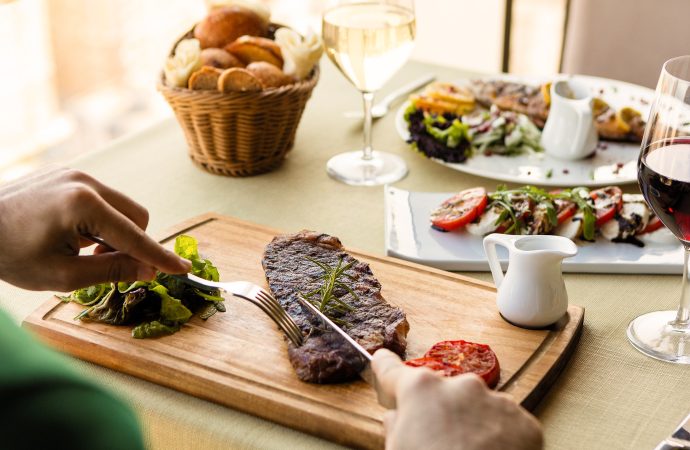I am excited to delve into the rich tapestry of flavors that make up American cuisine. From coast to coast, the United States boasts a diverse and eclectic culinary landscape, influenced by various cultural traditions, regional ingredients, and local innovations. In this article, we will celebrate the mosaic of tastes found in American cuisine, showcasing
I am excited to delve into the rich tapestry of flavors that make up American cuisine. From coast to coast, the United States boasts a diverse and eclectic culinary landscape, influenced by various cultural traditions, regional ingredients, and local innovations. In this article, we will celebrate the mosaic of tastes found in American cuisine, showcasing the unique flavors and culinary heritage that define this vibrant food culture.
One of the defining features of American cuisine is its diversity, which reflects the country’s history of immigration and cultural fusion. From New England clam chowder to Tex-Mex tacos, from Southern barbecue to Midwest deep-dish pizza, American cuisine is a melting pot of flavors, blending culinary traditions from around the world to create unique and delicious dishes. This fusion of flavors has made American cuisine truly global, with American classics like hamburgers, hot dogs, and fried chicken being enjoyed worldwide.
Regional differences also play a significant role in shaping the flavors of American cuisine. Each region has its own distinct culinary traditions, influenced by local ingredients, climate, and geography. For example, the South is known for its soul food, including dishes like fried chicken, collard greens, and cornbread. The Pacific Northwest is renowned for its seafood, with fresh salmon, Dungeness crab, and oysters being staple ingredients in many local dishes. The Southwest is famous for its Tex-Mex cuisine, featuring bold and spicy flavors in dishes like chili con carne and enchiladas. The Northeast is known for its seafood chowders, lobster rolls, and deli sandwiches. These regional differences contribute to the diverse and dynamic flavors of American cuisine, adding depth and complexity to the culinary landscape.
In addition to cultural and regional influences, American cuisine also embraces local and seasonal ingredients, reflecting the country’s agricultural abundance. Farm-to-table and farm-to-fork movements have gained popularity in recent years, with an emphasis on sourcing local, sustainable, and organic ingredients to support local farmers and promote eco-friendly practices. This focus on fresh, seasonal, and locally sourced ingredients adds a distinct flavor profile to American cuisine, with chefs and home cooks alike showcasing the natural flavors and characteristics of locally available produce, meats, and dairy.
Furthermore, American cuisine is continuously evolving, with new culinary trends and innovations constantly emerging. From food trucks to pop-up restaurants, from fusion cuisine to experimental cooking techniques, American chefs and home cooks are constantly pushing the boundaries of flavor and creativity. This dynamic culinary landscape makes American cuisine a vibrant and ever-changing tapestry of tastes.
In conclusion, American cuisine is a celebration of flavors, a mosaic of culinary traditions, regional influences, local ingredients, and innovative trends. From classic American favorites to contemporary fusion dishes, the diverse and dynamic flavors of American cuisine continue to captivate taste buds and inspire food enthusiasts around the world. As a journalist, I am honored to highlight the richness and diversity of American cuisine, a culinary heritage that reflects the country’s history, cultural diversity, and culinary creativity.





















Leave a Comment
Your email address will not be published. Required fields are marked with *